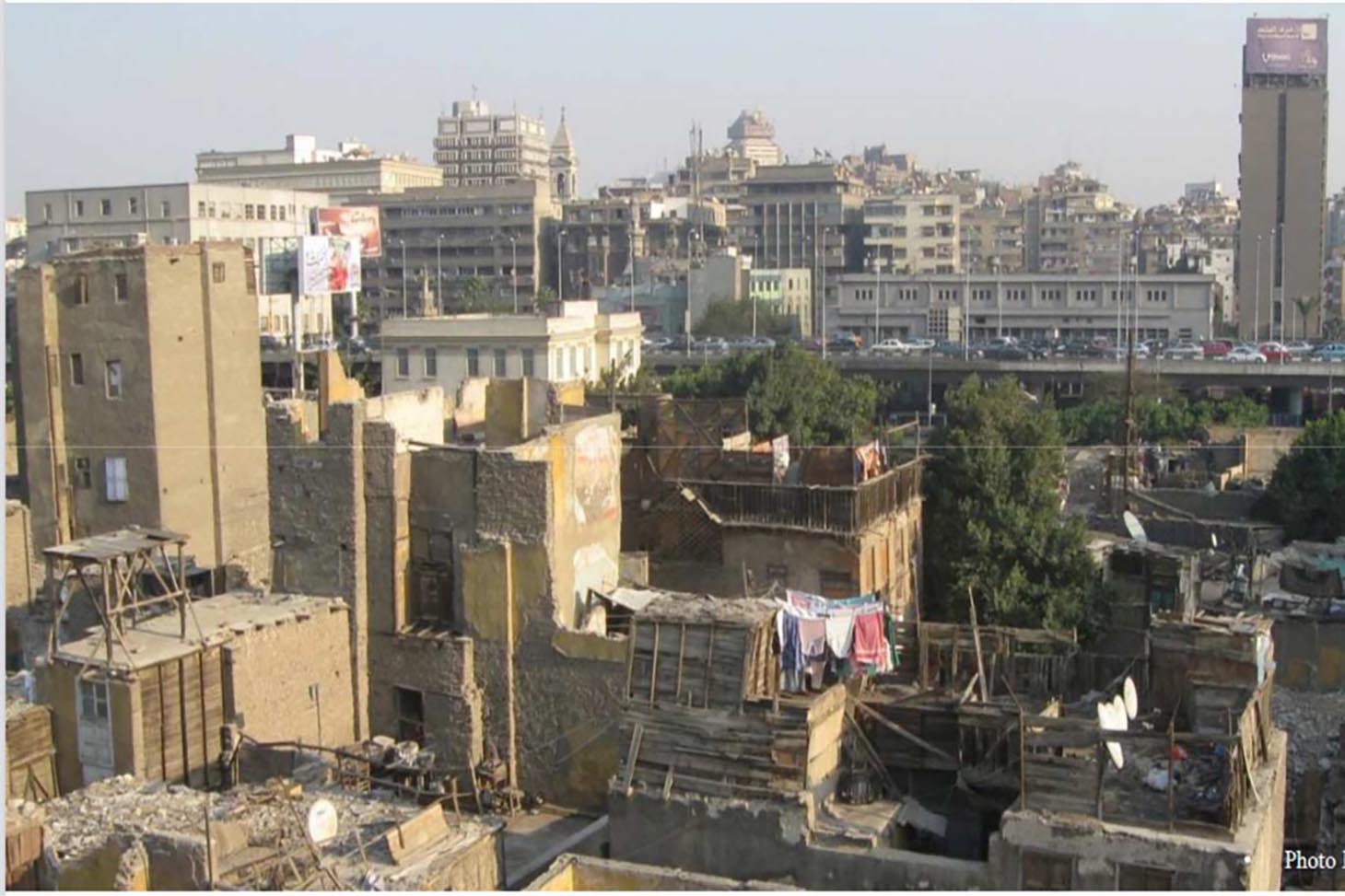Time, movement, urban space. The example of transit places: an urban asynchrony?
Conférence, Présentation
Culture scientifique et technique, Société
le 20 janvier 2023Grenoble - Site de Vigny-Musset

Conférence publique de Giulia Buffoli
The presentation aims to question the spatial transformations of places of "asylum" in Europe in the 21st century: camps, settlements and other "hors-lieux" used as "refuges" (hotspots, reception centres, detention centres...). The aim is to analyse the relationship between these places and the contemporary city, and how the city is being transformed, or should be transformed, taking into account - or not - their existence. These urban phenomena are inscribed in a short time, with a "normatively" limited duration; however, their existence has an impact on the morphology of the city over a (more or less) long period. Talking about these places implies extracting them from their so-called "non-existence". We can indeed question a paradox: on the one hand, they are hidden in the social reality of many of the inhabitants who are their immediate contemporaries; on the other hand, they embody, at the same time, such a fixation that the media make them places of incarnation of major global issues (migrations, terrorism, geopolitical relations, etc.). We can also wonder about the erosion of traces or, on the contrary, their exaltation, which contribute, or not, to making them, if not places of memory, at least places of a pluralised memory, taking into account the personal or collective trajectories of which they are the receptacles.
Rather than considering them either as « hors-lieux" or as « hauts-lieux" (newsworthy and, therefore, ephemeral because they are "in the spotlight"), why don't we "cool down" the object? We could thus consider them as places that, like the other elements of the urban puzzle, (de)structure, organise and shape the city and the lives of those who live there. These questions seem to me to be all the more appropriate that migratory phenomena in Europe are most often managed as "crisis" or "emergency" phenomena to which are commonly attached the themes of "impossible management", "overflow" or "non-absorption". The multiplication of camps and places of refuge in Europe is therefore the most obvious sign of this "crisis". Kamel Dorai and Nicolas Puig, in their introduction to L'urbanité des marges1 , defines them as "interval places" that serve as breaks in the continuity of the city. Characterised by a specific temporality, one in which exile becomes waiting, these places are "intervals" because they are as much perimeters obeying particular social and spatial dynamics as they are "perimeters of time" that cover ways of living in this territory that are desynchronised or poorly synchronised in relation to the "urban pulsation".
The question of time seems to me to be a decisive entry point for reading the relationship between these places, whose nomenclature should first be explored in order to qualify them and the territories in which they are located. To write that these camps are perimeters of time is: 1) to state a reality since all micro-society obey temporal logics; 2) it is also, from my modest point of view, to try to go against this common sense by understanding this perimeters of time as a prism that allows us to "reveal" in counterpoint an "urban pulsation" that is so homogeneous that it condemns these "hors-lieux" to being perimeters of « hors-temps" urban. There are, however, contacts between these perimeters and their environment that go beyond the sole interface constituted by the camp's boundaries (the transport network, the local press in its dimension of constructing an urban identity, the names of the streets, contacts with actors from outside the camps, first and foremost the NGOs…). The time of the place of transit is an interweaving of individual temporalities according to the different personal trajectories; it also relies on their temporary homogenisation (food distributions, showers, school at fixed hours...). This presentation questions the interactions between these temporalities and the urban fabric in its granular dimension.
More informations
Rather than considering them either as « hors-lieux" or as « hauts-lieux" (newsworthy and, therefore, ephemeral because they are "in the spotlight"), why don't we "cool down" the object? We could thus consider them as places that, like the other elements of the urban puzzle, (de)structure, organise and shape the city and the lives of those who live there. These questions seem to me to be all the more appropriate that migratory phenomena in Europe are most often managed as "crisis" or "emergency" phenomena to which are commonly attached the themes of "impossible management", "overflow" or "non-absorption". The multiplication of camps and places of refuge in Europe is therefore the most obvious sign of this "crisis". Kamel Dorai and Nicolas Puig, in their introduction to L'urbanité des marges1 , defines them as "interval places" that serve as breaks in the continuity of the city. Characterised by a specific temporality, one in which exile becomes waiting, these places are "intervals" because they are as much perimeters obeying particular social and spatial dynamics as they are "perimeters of time" that cover ways of living in this territory that are desynchronised or poorly synchronised in relation to the "urban pulsation".
The question of time seems to me to be a decisive entry point for reading the relationship between these places, whose nomenclature should first be explored in order to qualify them and the territories in which they are located. To write that these camps are perimeters of time is: 1) to state a reality since all micro-society obey temporal logics; 2) it is also, from my modest point of view, to try to go against this common sense by understanding this perimeters of time as a prism that allows us to "reveal" in counterpoint an "urban pulsation" that is so homogeneous that it condemns these "hors-lieux" to being perimeters of « hors-temps" urban. There are, however, contacts between these perimeters and their environment that go beyond the sole interface constituted by the camp's boundaries (the transport network, the local press in its dimension of constructing an urban identity, the names of the streets, contacts with actors from outside the camps, first and foremost the NGOs…). The time of the place of transit is an interweaving of individual temporalities according to the different personal trajectories; it also relies on their temporary homogenisation (food distributions, showers, school at fixed hours...). This presentation questions the interactions between these temporalities and the urban fabric in its granular dimension.
More informations
Publié le 20 décembre 2022
Mis à jour le 17 février 2023
Mis à jour le 17 février 2023
Date
le 20 janvier 2023
A 10h Localisation
Grenoble - Site de Vigny-Musset
Salle G106
1e étage du bâtiment géographie
Salle G106
1e étage du bâtiment géographie
Contact
Bénédicte Boussaguet

